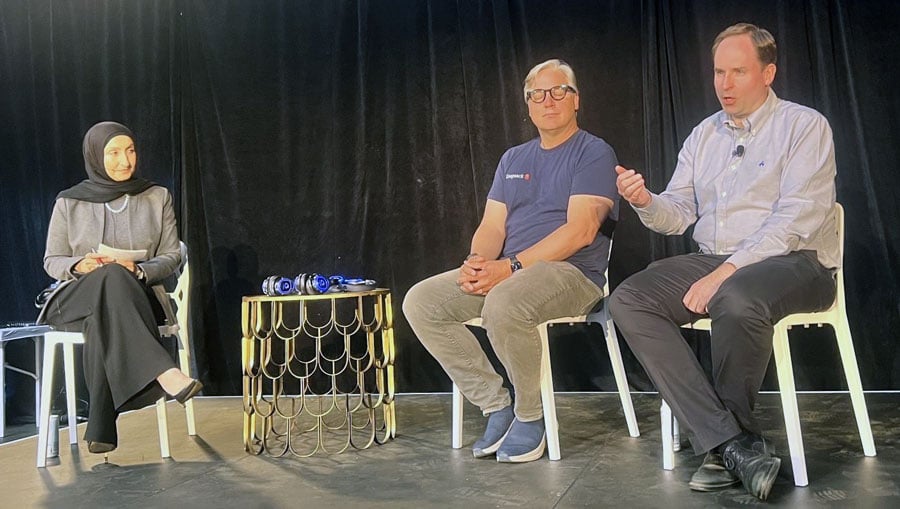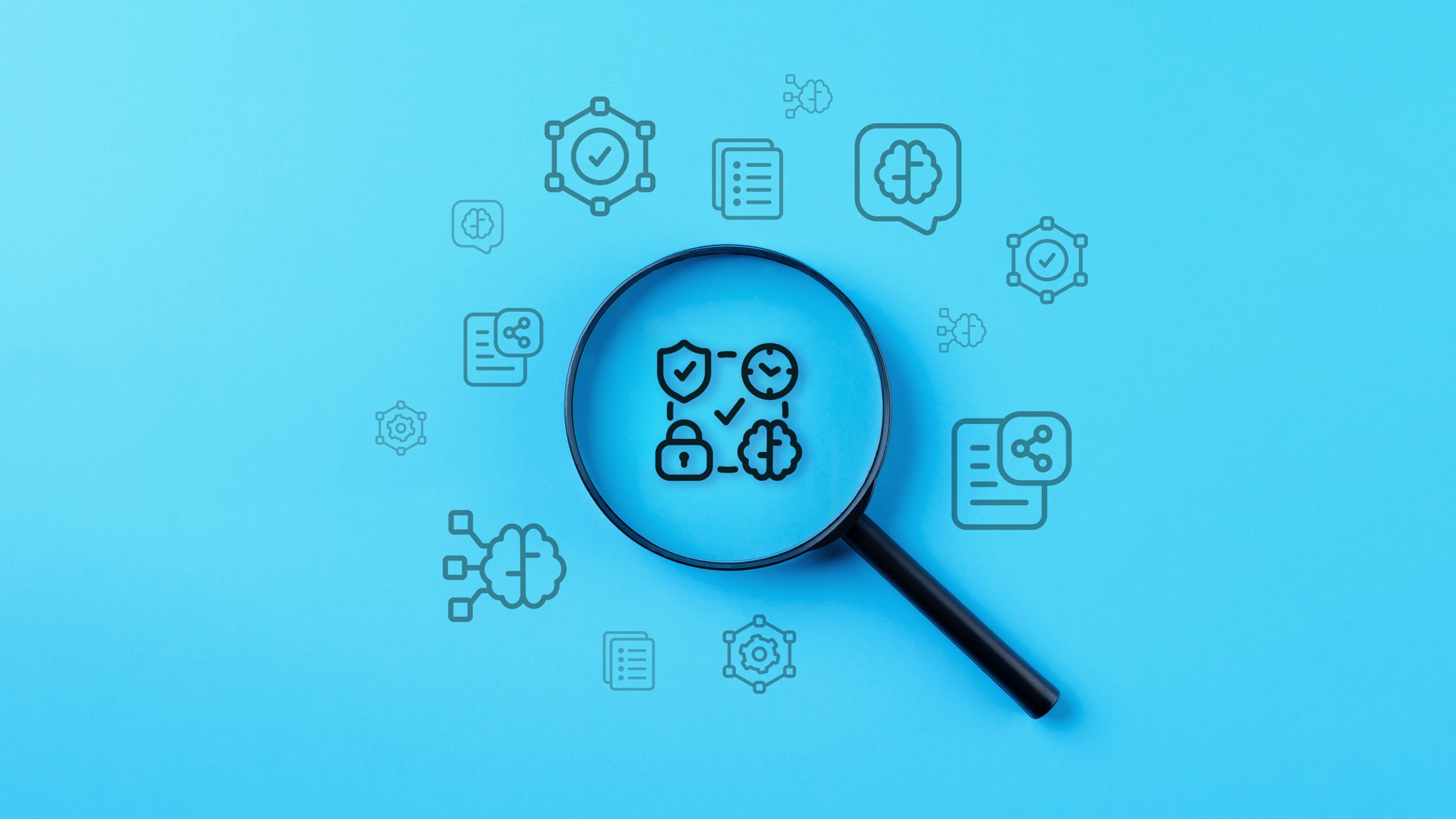AI is moving from behind-the-scenes support to actively shaping what people see and share online. That makes real-time oversight more important than ever – especially on the growing number of feeds where AI isn’t just showing content, it’s helping guide the conversation.
Reports that OpenAI is developing a new AI-driven social network signals something a broader reality: AI is no longer just a productivity tool or content generator. Rather, it’s becoming the invisible hand increasingly shaping how we communicate, what we see, and ultimately, what we believe.
This shift brings about a deeper conversation, where accountability — rather than innovation — takes center stage.
The Next Phase of AI: From Search to Social
AI models like ChatGPT have already changed how people interact with information. A move into social media takes that further, embedding generative AI directly into the infrastructure of public discourse. According to reports from The Verge, OpenAI’s early-stage prototype features a feed driven by image generation, designed to help users share better content.
In theory, that sounds helpful. In practice, it creates a feedback loop where AI-generated content influences social reactions, which then trains the model. Over time, this can lead to untraceable model drift, amplification of bias or disinformation, and a steady erosion of explainability, making it increasingly difficult to understand or challenge why an AI system behaved the way it did.
Why This Requires Real-Time Collaboration
The stakes change when AI starts curating conversations and shaping engagement at scale. The speed and volume of social media means that risks don’t just multiply — they accelerate. Unintended consequences can spread rapidly, and minor tweaks in AI behavior can have disproportionate effects across a platform.
Keeping pace with this complexity demands more than periodic reviews or after-the-fact audits. It requires real-time collaboration between a multitude of stakeholders, including organizational AI leaders, ML ops and data science teams, risk management, legal, and business stakeholders, among others, working together to align AI system behavior with both performance goals and government requirements.
Organizations need dynamic systems that empower them to see how outputs are informed, updated, and used in real-time. That means moving beyond theoretical frameworks and embracing operational infrastructure that supports continuous, tamper-proof insight into AI behavior as it happens.
That’s the kind of ecosystem Prove AI was built to enable. By securely logging decisions, data use, and model activity across distributed AI environments, it creates a verifiable trail that empowers cross-functional teams to optimize, troubleshoot, and guide AI behavior effectively. In a setting as fast-moving and public-facing as social media, this kind of collaboration isn’t just helpful — it’s essential.
From Innovation to Responsibility
We often talk about AI as a tool for expression, discovery, and productivity. But as it becomes more embedded in the mechanisms of public discourse, it also becomes a force of influence. What an AI system chooses to show — or not show — shapes perception. What it learns from real-time engagement shapes future behavior.
That’s why responsibility can’t be an afterthought. It must be built into the architecture of how these systems operate not through heavy-handed regulation or throttled innovation, but through mechanisms that allow AI to grow and adapt while remaining transparent, explainable, and accountable.
Prove AI offers a framework for how this kind of oversight can work: a centralized, tamper-proof hub that allows organizations to view and manage all of their AI systems in one place. With real-time visibility and verifiable logging, teams across the business can align, collaborate, and take action with confidence — knowing their systems are not just performing, but provable.
-2.png)


